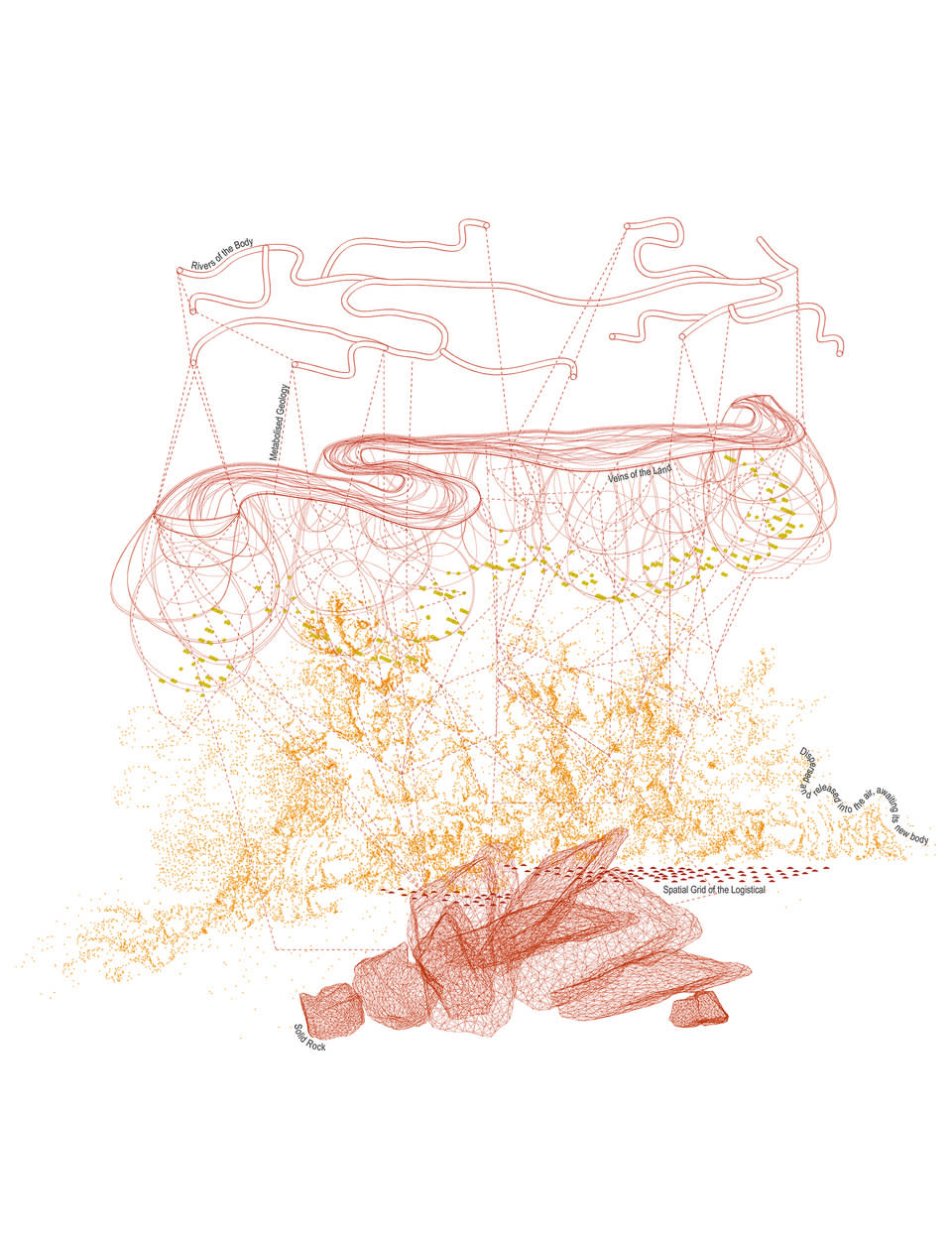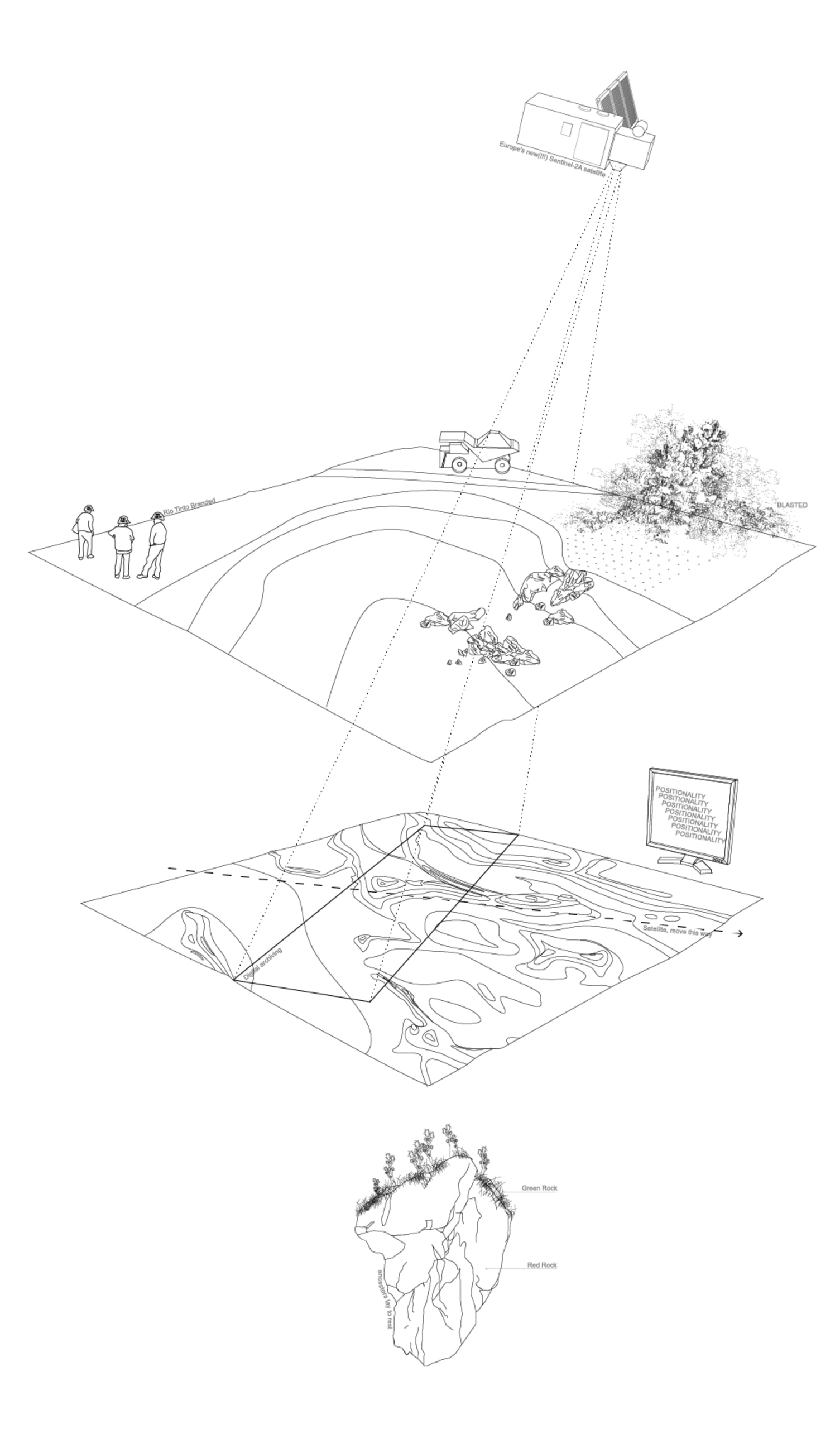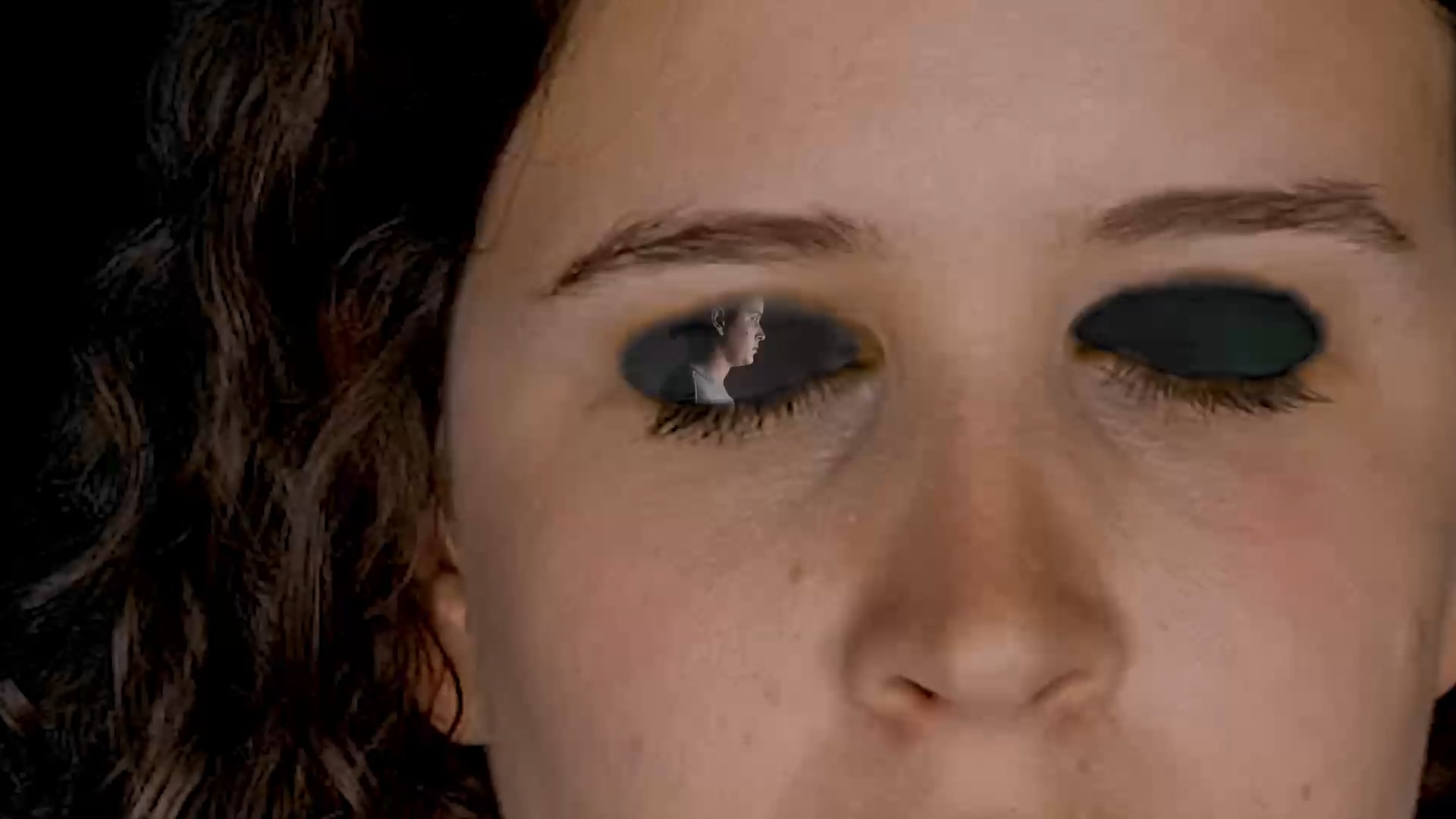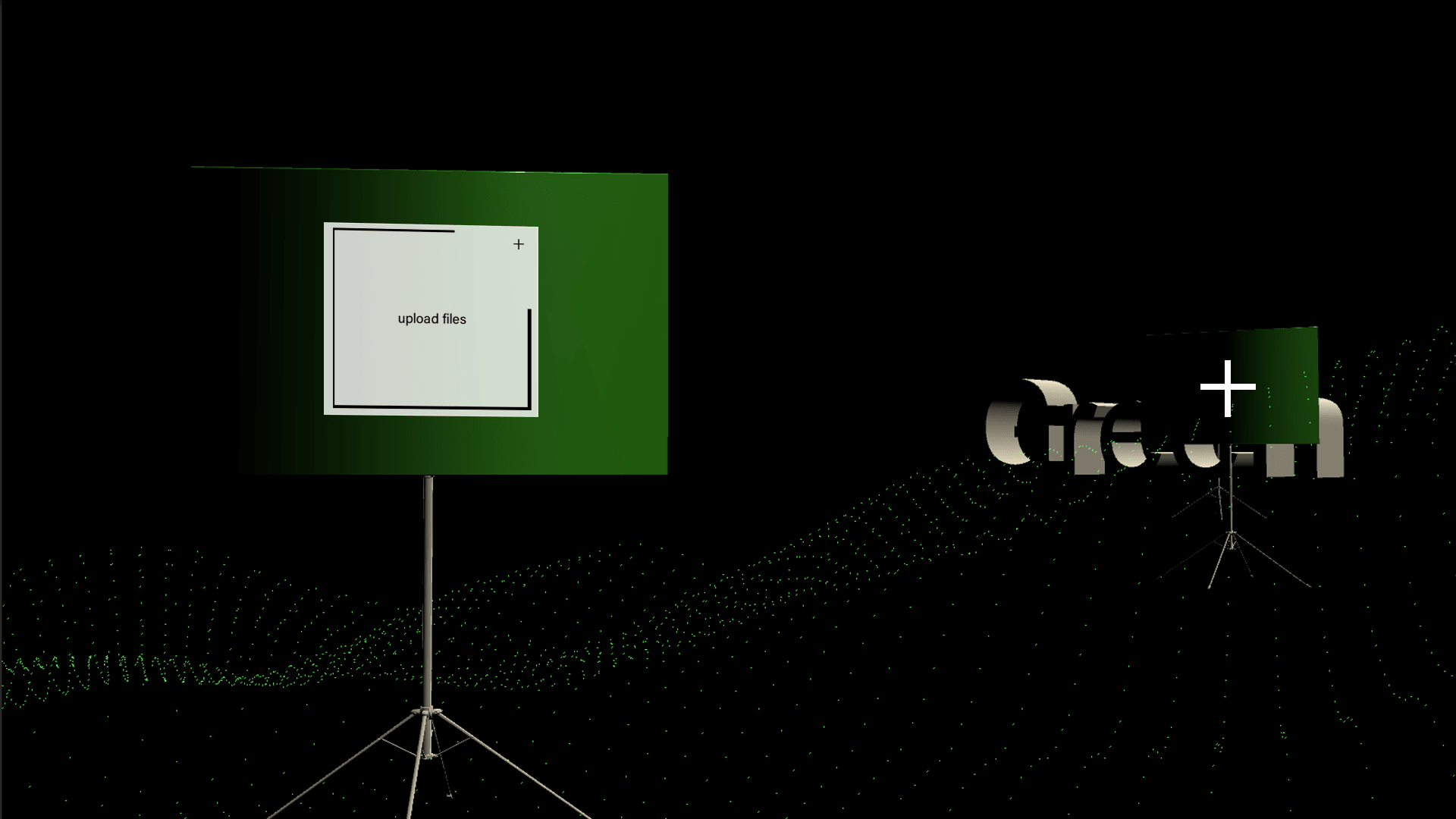Claire is a Master of Architecture Student at the Royal College of Art. She previously studied her undergraduate at Manchester School of Architecture and has worked for both the London and Sydney Grimshaw Studios.
Claire’s work within architectural practice has recently focused on challenging materials used within the profession and the construction industry, looking at ways of incorporating more environmentally and sustainably sourced materials into the design of our buildings.
Over the past two years, Claire’s Research Practice has explored connections between various manifestations of containment, control and extraction of both bodies and land.
At the RCA, Claire studied in ADS3: Metabolising the Built Environment, where she researched into the increasing indulgence of plastics and their relationships to the female body. This fed into her dissertation which addressed themes around the enclosure of land and the female body for multiple forms of production. This year Claire continued her research practices within ADS2 : Demonic Shores, focusing on forms of extraction, material containment and settler-colonial representations of landscapes. Aspects around positionality and responsibility towards different forms of research and space are an ongoing development from her work this year.
In 2020, Claire collaborated with Serpentine Galleries in Metabolic Selves, a digital platform and live panel event as part of the ongoing Back to Earth programme. This year Claire was part of the Istanbul Biennial 2021, where herself and other designers at the RCA exhibited a film screening exploring alternative forms of glossaries.





















